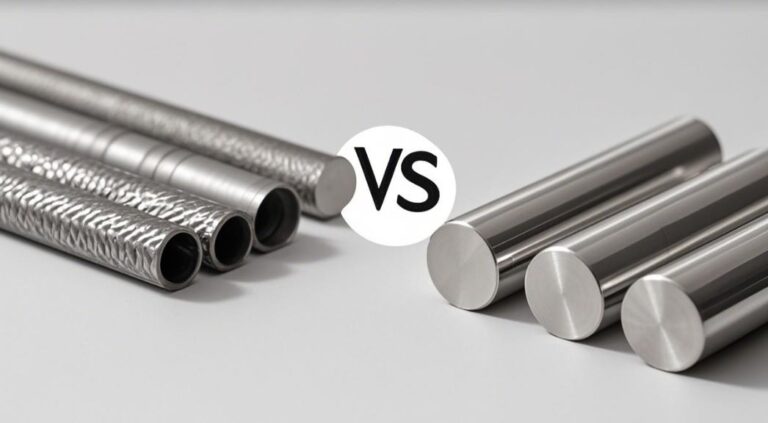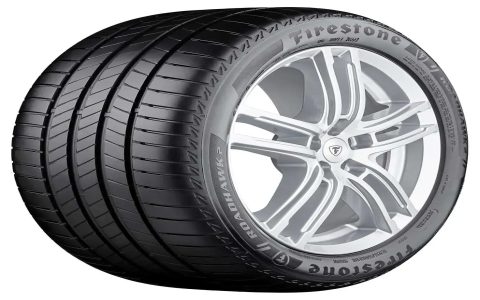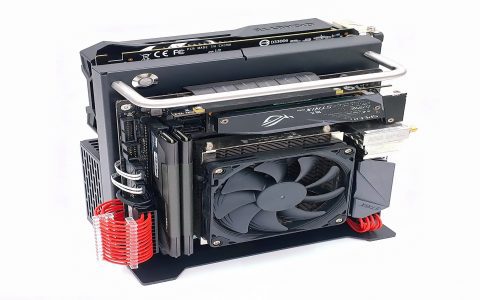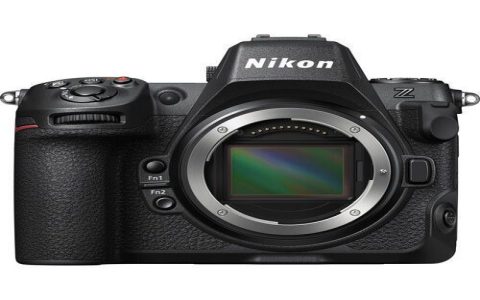IRC1060 alloy distinguishes itself in demanding applications where extreme durability is paramount. While other alloys offer specific benefits, IRC1060 provides a unique combination of properties that make it exceptionally resistant to wear, deformation, and degradation under stress.
Key Durability Advantages of IRC1060
- Superior High-Temperature Strength: Outperforms common stainless steels (like SUS304 or SUS316) and many nickel alloys at temperatures exceeding 1000°C. It maintains structural integrity where others soften or creep significantly.
- Exceptional Oxidation & Carburization Resistance: Forms a highly stable, protective chromium oxide (Cr2O3) layer. This offers far better protection against scaling and internal degradation in oxidizing and carburizing environments than standard heat-resistant steels or alloys with lower chromium content.
- Outstanding Creep Rupture Strength: Exhibits significantly higher resistance to deformation and failure under constant load at high temperatures compared to alloys like 253MA, HK40, or HP-Nb mod.
- Excellent Thermal Fatigue Resistance: Maintains strength and resists cracking under repeated thermal cycling, a critical factor in furnace fixtures, heat treatment equipment, and burner components.
- High Resistance to Wear & Erosion: Its inherent hardness and microstructural stability provide better resistance to mechanical wear, particle erosion, and molten metal wash compared to softer alloys like Industrial Pure Aluminum 1100 or low-grade refractory alloys.
Comparison with Other Common Alloys
Industrial Pure Aluminum (1100): Highly ductile and conductive, but very soft with low melting point. IRC1060 offers orders of magnitude higher strength, hardness, and temperature capability.
SUS304/SUS316 Stainless Steel: Good corrosion resistance at lower temperatures, but strength plummets above ~600°C. Prone to significant scaling. IRC1060 provides vastly superior high-temperature strength and oxidation resistance.

Higher Grade Austenitic Steels (SUS310S, 253MA): Better temperature resistance than 304/316, but still exhibit lower creep strength and higher scaling rates above 1000°C compared to IRC1060. IRC1060 typically offers better overall lifecycle in severe conditions.
Nickel-Based Alloys (e.g., Inconel 600, 601): Often comparable or slightly better in oxidation resistance to IRC1060, but generally have lower strength at equivalent high temperatures. Significantly more expensive than IRC1060.
Titanium Alloys: Excellent strength-to-weight ratio and corrosion resistance, but limited to ~600°C maximum service temperature. IRC1060 operates reliably at much higher temperatures.
Why IRC1060 is Often the Optimal Choice
IRC1060 excels precisely at the intersection of extreme temperature capability, exceptional high-temperature strength and creep resistance, and superior environmental degradation resistance. For components like radiant tubes, retorts, furnace rolls, fixtures, burner nozzles, and thermocouple protection tubes operating continuously in temperatures ranging from 1000°C to 1150°C+ in harsh atmospheres, its durability translates directly into:
- Longer service life and reduced downtime for replacements.
- Lower lifetime cost despite a potentially higher initial investment.
- Maintained dimensional stability and performance under load.
- Resistance to catastrophic failure modes like creep rupture.
When ultimate high-temperature durability under load and in aggressive environments is the primary requirement, IRC1060 consistently proves to be a technologically superior and economically sound solution over its alternatives.









